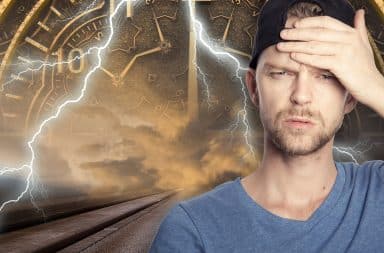1771: A colonial-era NASA sends early astronaut Patrick Marsden up the tallest tree in Virginia and celebrates his safe return three days later. He does not make it to space.
1805: NASA commences its long-running catapult program, and in its very first lunar mission, successfully launches a man at the moon. He does not make it to space.
1832: NASA builds its first space capsule. Propelled into the air by eight horses running off a 60-degree ramp, the capsule does not reach space.
1835: NASA successfully flings astronaut Abigail Daphne in a space-bound rowboat from a tight band attached between two trees. She becomes the world's first female astronaut not to make it to space.
1840: NASA completes 55 miles of a planned canal route to space. Digging is discontinued when engineers fail to dig the canal route in the direction of space.
1843: NASA agrees to fund the moon-bound hot air balloon journey of inventor Rostman Chibbles. The trip is revealed to be a scam though when Chibbles absconds in his hot air balloon for Paris with hundreds in banknotes stolen from NASA.
1845: NASA astronauts embark west on a covered wagon trail rumored to lead to outer space. Though the expedition is greeted with much fanfare from the public, the Old Intergalactic Trail never ascends vertically and the astronauts never make it to space.
1849: Budget woes limit NASA to a series of manned jumps from the ground. Despite allowing for a running start, no jumper reaches space.
1851: As railroads begin crisscrossing the nation, NASA constructs its own line of over 300 feet of railroad track going straight upward. None of the thirty NASA locomotives sent on the rail line reach space.
1862: NASA buys 100 cases of Dr. Marcus Reevus-Maximillin's patented “liftoff potion,” a one-of-a-kind anti-gravity elixir and paint thinner. The drink is discovered to be a scam when the astronauts who drank it don't rise off the ground but vomit instead, and Dr. Reevus-Maximilliin flees with $5,000 in greenbacks stolen from NASA.
1868-1880: Space program is suspended, as generally it is believed during this time in American history that space is not real.
1883: Inspired by Thomas Edison's work in harnessing the power of electricity, NASA makes its first attempt to electrocute an astronaut into orbit. He does not make it to space.
1887: NASA purchases a cloud from noted weatherologist Professor Watkins Cobblemoat, with the intention of floating a team of astronauts into space on the cloud. The cloud is proven to be a scam after it badly burns several astronauts and is discovered to merely be a large mass of chemically produced foam. Cobblemoat makes off with thousands of dollars in NASA scrip.
1893: NASA acquires rare papers from Leonardo da Vinci's notebooks detailing functional human flying machines. The agency's top engineers use the pages to fashion large paper wings that they attach to the arms of an astronaut who runs off a cliff in an attempt to achieve flight. Despite a valiant effort at flapping their arms, the astronaut does not reach space.
1908: NASA performs its first automobile launch of a Model T tipped on its back bumper and pointed skywards. It does not leave the ground or make it to space.
1910: With the first airplane flight renewing NASA's ambition and drive to put a human into space, the agency contracts the Wright Brothers to design and build a “space-plane,” a vehicle with the promise of finally escaping the bounds of Earth. The space-plane turns out to be a wingless scam, and the Wright Brothers flee with NASA's reserve of silver coins on their bikes.
1958: Defunct for over four decades, Congress reopens NASA. The organization quickly develops the science necessary to launch a rocket, but, lacking institutional memory from its earlier missions, struggles with which way to point the rocket to get it to space.


